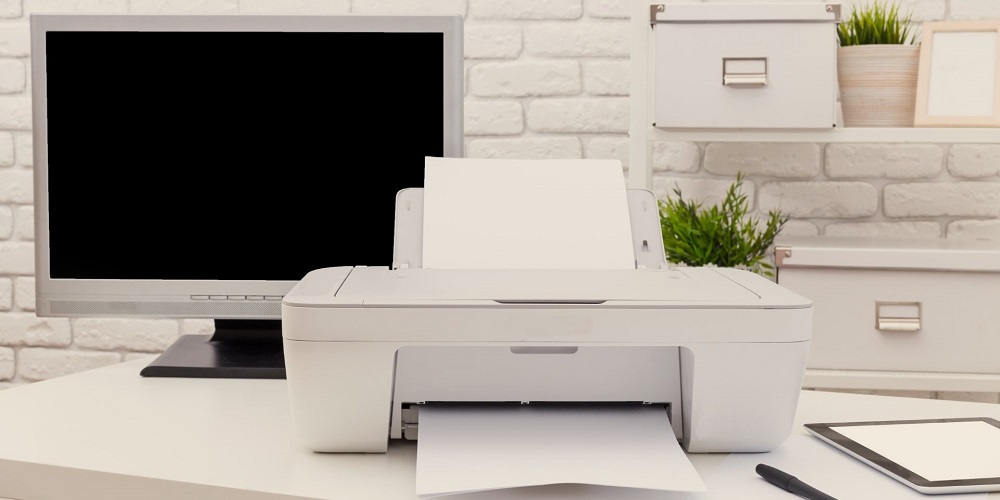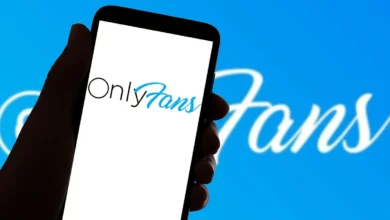
Do you see an error that the printer driver is unavailable on Windows 11? The message is unambiguous: your printer drivers need to be fixed, corrupt or not functioning as planned. When something occurs, there is typically a clear explanation. For example, if you have recently upgraded your PC, a new driver for your printer may be incompatible. It may be hard for your printer to function correctly if its driver needs to be included. You may fix this error message with various methods, including a simple restart. If it does not, you can attempt these more sophisticated troubleshooting suggestions.
Check Windows Update
Maintaining an up-to-date system is crucial to guarantee that your PC has the most recent security, stability, and usability fixes. For example, Microsoft may have a fix ready if a major Windows problem is responsible for the printer error. First, enter Settings using the Windows key + I keyboard shortcut to check for Windows updates manually. When the Settings window appears, navigate to Windows update > Check for updates and install any updates it suggests. Restarting your PC to perform the update may be necessary, so be sure to shut down any essential apps first.
Update Printer Driver
Typically, printer drivers include crucial bug fixes and feature improvements. A printer driver is unavailable message may appear on your Windows 11 PC if you’re using an outdated driver. You may rapidly check for driver updates, but you will need to download the most recent driver from the support website of your printer maker. A quick Google search for the printer’s brand and model should find the desired results. Once the driver files have been downloaded, follow as follows:
1 – Launch the Run dialogue using the keyboard shortcut Windows key + R.
2 – In the Run box, enter devmgmt.msc and click OK.
3 – When Device Manager launches, expand the Printers section, right-click the printer, and choose Update driver.
4 – When the Update Drivers wizard appears, choose to Browse my computer for drivers and follow the on-screen directions to install the downloaded driver.
5 – If that does not work, reload the update wizard and choose Search automatically for drivers this time. Follow the instructions of the wizard if a driver update is detected.
If you cannot pick your printer driver files, well, your printer manufacturer may provide an automated installation (often with the file extension.exe). In this instance, run the file; the updated driver should immediately install.
Uninstall Printer Driver
Unfortunately, if you have recently upgraded your driver, the printer driver is unavailable error may display. This is because not all printer drivers are compatible or devoid of bugs. There’s also a chance that your current driver is corrupted and has to be replaced. If this occurs, you can attempt to remedy the issue by uninstalling and reinstalling the driver. Follow the instructions below to delete and reinstall a printer driver on Windows 11.
1 – Press the Start button, enter the device manager into the search bar, and select the top result.
2 – When Device Manager appears, expand the Printers area, right-click the device, and select Uninstall device.
3 – When the confirmation box displays, select the option to Delete the driver software for this device and click Uninstall.
4 – Restart Windows 11 to make the modifications; Windows should reinstall the right driver on startup.
Run Printer Troubleshooter
Windows 11 contains built-in troubleshooters for several hardware devices, including a printer. Follow these instructions to run the printer troubleshooter on Windows 11:
1 – Click Start and then select Settings.
2 – When the Settings window is shown, browse System > Troubleshoot.
3 – Click Other troubleshooters inside the Options area.
4 – Find the Printer option and select the Run button next to it.
5 – The printer troubleshooter will begin searching for issues and attempting to fix them automatically.
Conclusion:
If you receive, a printer driver is unavailable error on your Windows 11, one of the fixes mentioned above should resolve the issue. Typically, you may restore functionality by upgrading or reinstalling the printer’s driver. Notably, if you have a plug-and-play printer, you may disconnect the USB cord, reconnect it, and run the setup wizard again.
















